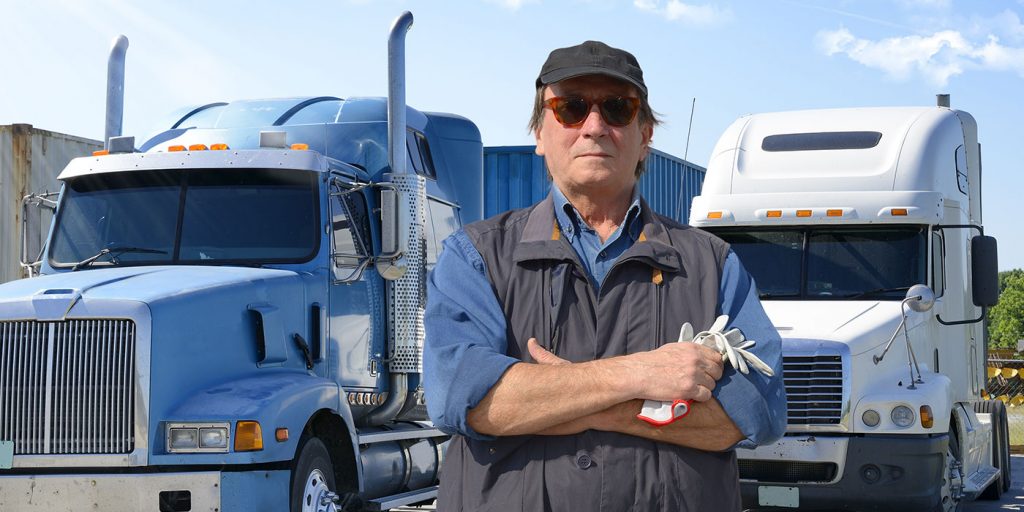When any new technology that changes how a driver performs her job is introduced, it’s not uncommon to be met with some skepticism. So how are drivers reacting to today’s options of available Level 2 driving assistance?
According to Tom DiSalvi, vice president of safety, driver training and compliance at Schneider, most drivers tend to go through an adjustment period, but will ultimately welcome the presence of Level 2 into their driving habits.
“For some, it is something that they take to very quickly, and for others, it can be a bit challenging,” DiSalvi says. “We had experience with this as we adjusted to the automated manual transmissions (AMTs). It took a while for folks to understand them and then to realize the benefit of them, and I see that as we talk about Level 2 technology. Now it’s something that once you’ve adapted you don’t want to go back.”
Bendix’s TJ Thomas, director of marketing and customer solutions—controls, says driver acceptance starts with the proper training.
“Training is all about making sure technicians and drivers fully understand what the system is supposed to do and what its limitations are before the vehicles get put into service,” Thomas says. “Fleets should work with suppliers of the technology to make sure they have the most up-to-date training materials, and attend demonstrations when possible.”
DiSalvi says Schneider typically will take advantage of OEM training opportunities when it comes to Level 2 automation technology, and has also developed its own training modules for drivers to familiarize themselves with both the software and hardware.
“It really is important that when a driver goes from a truck that doesn’t have the technology to one that does, they have an understanding of what that technology is,” he says. “In some cases, it’s even a personal walk-around. Let me show you where the sensors are, what the alerts are, what they sound like when you drive. The best way is for them to experience it, so it doesn’t surprise them.
“At a very high level it’s important that our drivers know that even though it’s considered Level 2 automation, the driver is always in control of the unit,” he adds. “The technology enhances their alertness, or their visibility, or their reaction time, but it’s still just technology that requires the driver behind the wheel to take the final action.”
For more on today’s Level 2 automation, click here to read What makes Level 2 autonomy the ultimate driver’s assistant and click here to read Is Level 2 automation the future of fuel efficiency?













